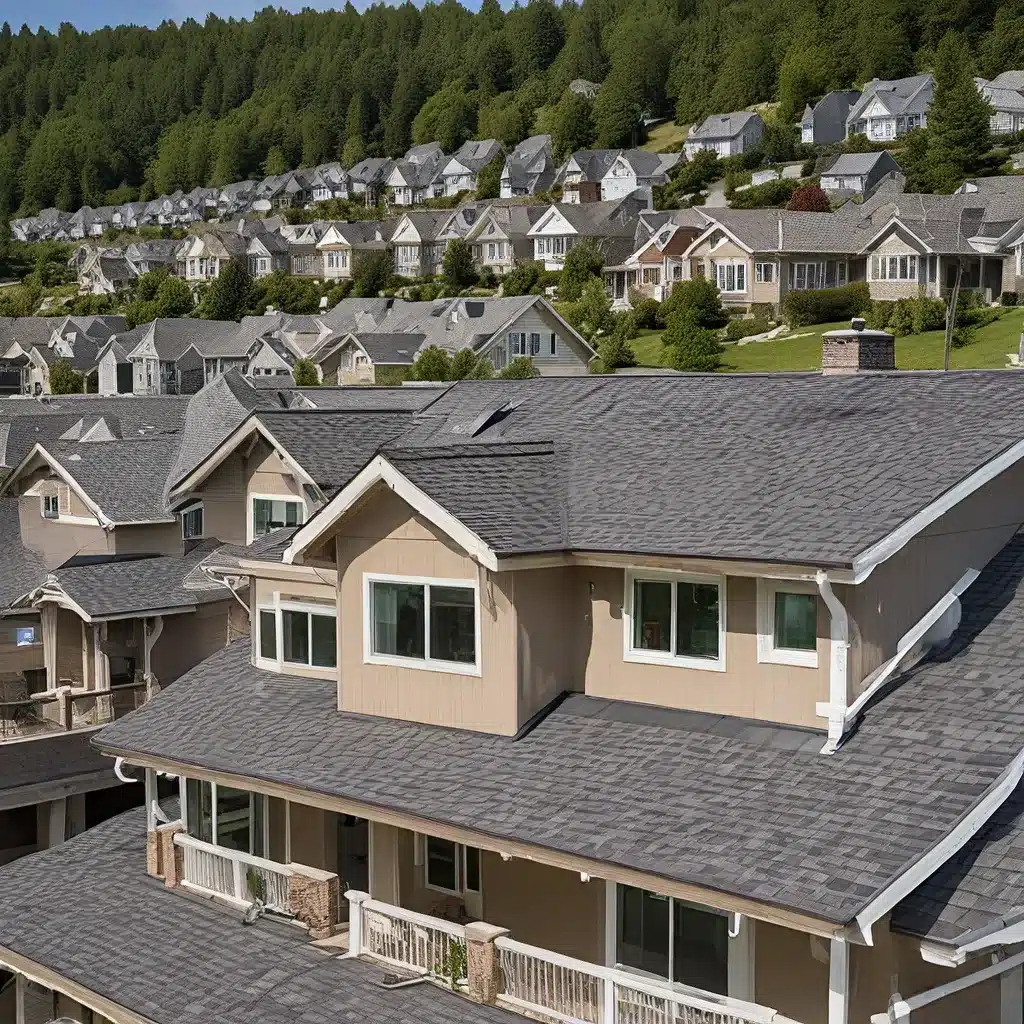
When it comes to roofing, one of the most crucial decisions you’ll make is selecting the right roof pitch. The pitch, or slope, of your roof not only affects its aesthetic appeal but also plays a vital role in its functionality, durability, and energy efficiency. As a homeowner, nailing this decision can make all the difference in creating a home that’s both beautiful and practical.
Understanding Roof Pitch
Roof pitch is the angle, or slope, of a roof measured in rise over run. For example, a 4/12 pitch means the roof rises 4 inches for every 12 inches of horizontal run. The higher the pitch, the steeper the slope.
Roof pitches can range from flat (0/12) to extremely steep (12/12 or greater). The most common residential roof pitches fall somewhere between 4/12 and 12/12. But why does this seemingly simple measurement matter so much?
Factors to Consider When Choosing Roof Pitch
When selecting the perfect roof pitch for your home, there are several key factors to consider:
Architectural Style
The architectural style of your home plays a significant role in determining the appropriate roof pitch. Traditional, colonial, and Victorian-style homes often feature steeper pitches, while contemporary and modern homes may opt for lower-pitched roofs.
Weather and Climate
The climate in your region can also influence the ideal roof pitch. In areas with heavy snowfall, a steeper pitch is essential to prevent snow accumulation and potential roof damage. Conversely, in hot and humid climates, a lower pitch may be more beneficial for ventilation and cooling.
Roofing Materials
Different roofing materials have their own requirements when it comes to pitch. For instance, metal roofing and asphalt shingles typically perform best on steeper pitches, while flat roofs are better suited for membrane roofing or built-up roofing.
Energy Efficiency
The pitch of your roof can also impact the energy efficiency of your home. Steeper pitches can improve air circulation and ventilation, helping to reduce cooling costs in the summer. Conversely, a lower pitch may be more beneficial for passive solar heating in the winter.
Water Drainage
Roof pitch plays a critical role in ensuring proper water drainage. Steeper pitches allow water to flow off the roof more quickly, reducing the risk of leaks and pooling. This is especially important in areas with heavy rainfall or regions prone to severe storms.
Aesthetics
Last but not least, the roof pitch you choose can have a significant impact on the overall aesthetic of your home. A well-chosen pitch can enhance the architectural style and create a visually appealing roofline.
Choosing the Perfect Roof Pitch
Now that you understand the key factors involved, how do you determine the ideal roof pitch for your home? Here are some general guidelines to consider:
Low-Slope Roofs (2/12 to 4/12)
Low-slope roofs are often used on modern, contemporary, or flat-roofed homes. They’re suitable for membrane roofing systems, such as PVC or TPO, and can also accommodate metal roofing if installed correctly by a professional roofing company.
Moderate-Slope Roofs (4/12 to 6/12)
This is the most common pitch range for residential homes, suitable for a variety of roofing materials, including asphalt shingles, metal panels, and slate tiles. Moderate-slope roofs offer a balance of aesthetics, functionality, and energy efficiency.
Steep-Slope Roofs (6/12 to 12/12)
Steep-slope roofs are often found on traditional, colonial, or Victorian-style homes. They’re well-suited for asphalt shingles, metal roofing, and wood shakes or shingles. Steep pitches excel at shedding snow and water, making them a practical choice in areas with heavy precipitation.
Ultimately, the perfect roof pitch for your home will depend on a combination of these factors, as well as your personal preferences and budget. It’s always a good idea to consult with a experienced roofing professional who can help you navigate the various options and make an informed decision.
Maintaining Your Roof Pitch
Once you’ve installed your new roof, it’s important to regularly maintain the roof pitch to ensure its long-term performance. This includes:
- Clearing debris: Regularly clearing leaves, twigs, and other debris from your roof can help maintain proper water drainage and prevent the buildup of moisture.
- Inspecting for damage: Periodically inspect your roof for signs of wear, such as cracked or missing shingles, to address any issues before they become bigger problems.
- Ensuring proper ventilation: Proper ventilation is crucial for maintaining the integrity of your roof, especially in areas with extreme temperatures or high humidity.
- Considering upgrades: As building materials and technologies evolve, you may want to consider upgrading your roof to take advantage of newer, more energy-efficient options.
By staying on top of roof maintenance and being proactive about any necessary repairs or upgrades, you can ensure that your roof pitch continues to serve your home well for years to come.
Conclusion
Choosing the right roof pitch for your home is a critical decision that can have a significant impact on the functionality, durability, and aesthetic of your property. By understanding the key factors involved and consulting with experienced roofing professionals, you can find the perfect pitch that meets your needs and enhances the overall appeal of your home.
Remember, the right roofing solution is not a one-size-fits-all proposition. Take the time to explore your options, weigh the pros and cons, and make an informed choice that will serve you well for years to come. Your roof is a crucial investment, so why not make it a perfect fit?